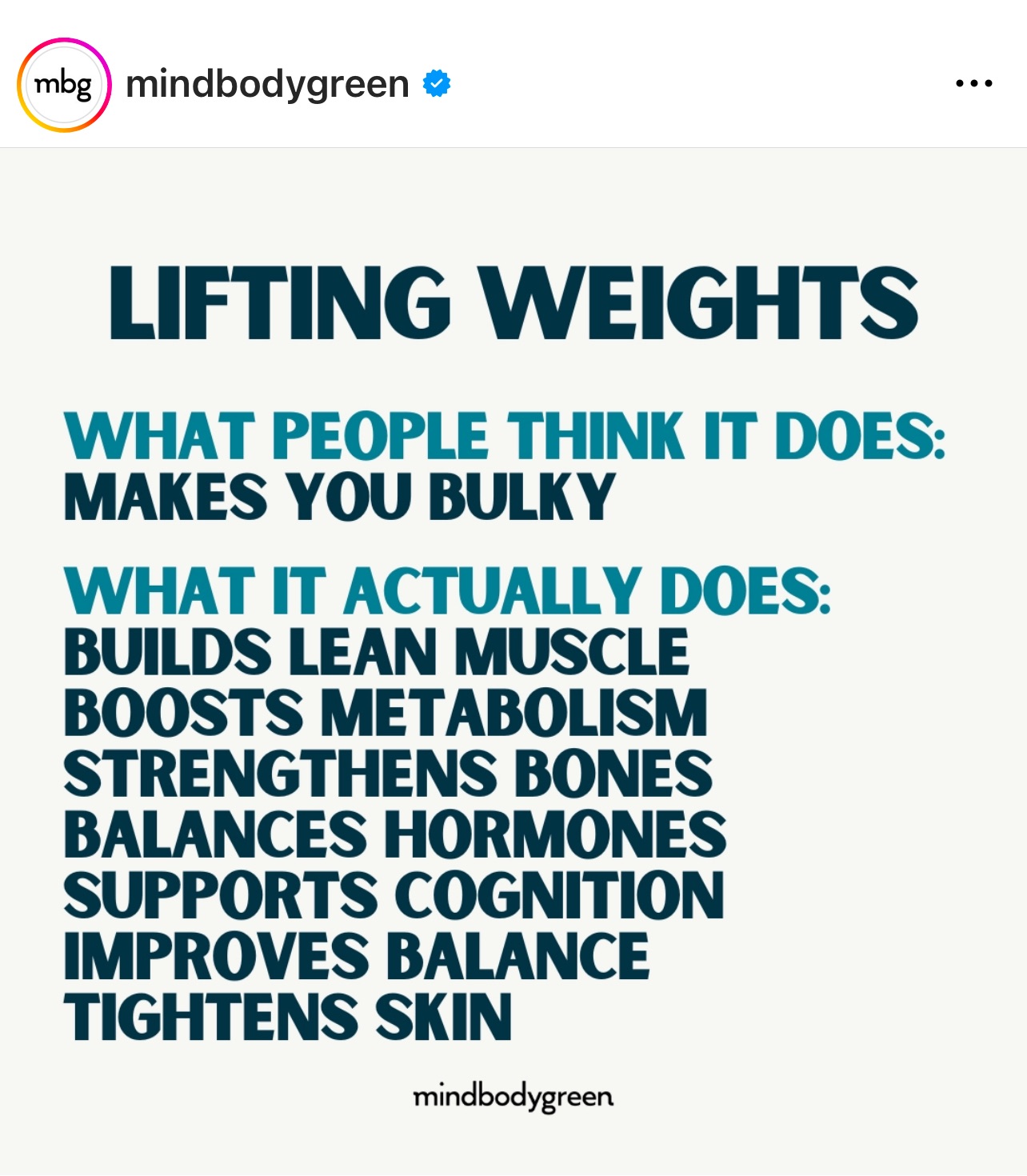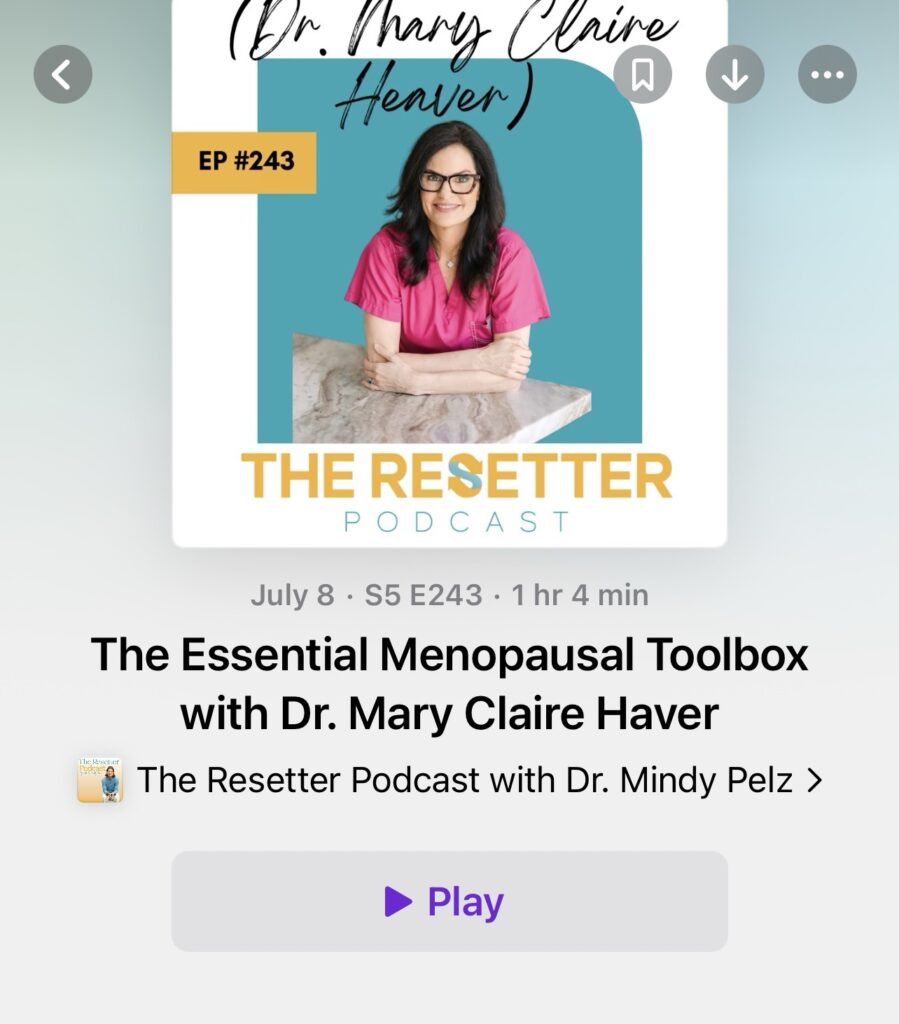Want to feel 10 years younger?
Try sleep.
The relationship between sleep physiology and the gut microbiome remains unclear, but the human gut microbiome can influence health through the brain-gut-microbiome axis and growing evidence suggests that the gut microbiome can influence sleep quality, too. A recent study found that when people were well rested and alert, they felt 4 years younger than their natural age. When they were sleep-deprived and tired, they felt 6 years older.
Not only that, but previous studies have shown that feeling younger than your natural age is actually associated with living a longer, healthier life.
Lagniappe Health Tip

Fermented foods are rich in probiotics, so they are commonly recommended to support the gut microbiome. But proceed with caution!
Fermented foods and probiotics are not for everyone.
- Some people already have an overgrowth of beneficial bacteria.
- Some people have inflammation, sensitivities, and compromised digestion.
- Some people need to do some healing before being able to handle these foods. .
What’s best for you depends upon the composition of your unique microbiome at this moment.
Did You Know?
When the gut microbiome gets shifted out of balance, it’s called dysbiosis. It can happen because of:
- Loss of beneficial bacteria
- Overgrowth of potentially harmful bacteria
- Loss of overall bacterial diversity
Or all 3!
Research shows that disruptions of the gut microbiome are associated with conditions that affect digestion, metabolism, weight, blood sugar, and even neurological health.
If you are curious, A Lagniappe Lifestyle can help you develop a “way of eating” that will not only help you feel better but allow you to enjoy food and eating again. Check us out on Instagram @alagniappelifestyle to learn more!
















